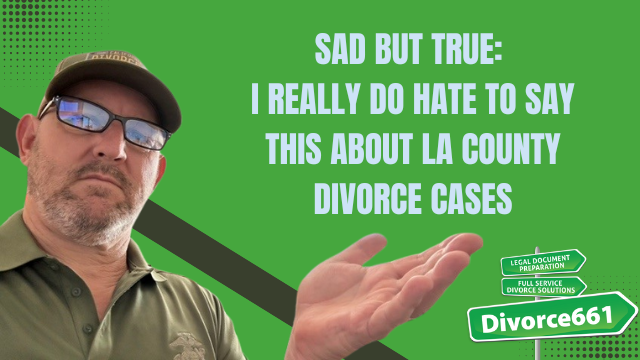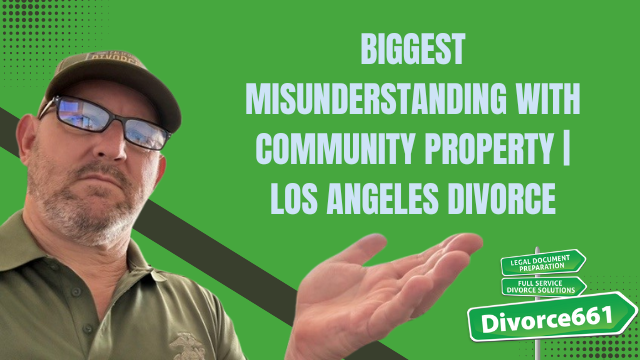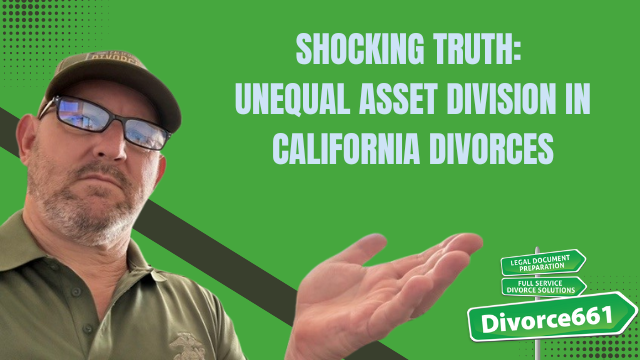NARCISSISTIC Husband Forces Wife To Live In GARAGE
In relationships marked by manipulation and control, the impact on the victim can be profound and devastating. Tim Blankenship from Divorce661 shares a harrowing account of a wife who was forced to live in a garage by her narcissistic husband. This story sheds light on the extreme lengths to which emotional abuse can go and illustrates the daily reality endured by many trapped in toxic marriages.
Living in a Partial Conversion: The Reality of Abuse
Imagine being confined to a small, isolated space in your own home, not as a guest but as a form of punishment and control. This was the reality for one woman who, under the control of her narcissistic husband, was forced to live in a partial conversion of their garage. The space was so minimal that she only had a mattress on the floor to call her bed.
Tim Blankenship recounts, “I took a mattress and into the floor of a partial conversion in our garage and I lived for one year in that circumstance.” This simple statement reveals a year-long ordeal of isolation, discomfort, and emotional hardship. Living in such conditions is not just physically challenging but mentally and emotionally draining, especially when imposed by a partner who thrives on control and dominance.
The Psychological Impact of Forced Isolation
Being relegated to the garage is more than just a physical displacement; it is a symbolic act of dehumanization. It sends a clear message that the individual is less than a full member of the household, stripped of dignity and respect. For the wife in this situation, the garage was not just a place to sleep—it represented the extent of her husband’s narcissistic abuse.
Such tactics are commonly used by narcissists to assert power, maintain dominance, and erode their partner’s sense of self-worth. Forced isolation in a confined space can lead to feelings of helplessness, anxiety, and depression, compounding the trauma inflicted by emotional and psychological abuse.
Recognizing Narcissistic Abuse in Marriage
Narcissistic abuse often manifests through control, manipulation, and emotional cruelty. Forcing a spouse to live in a garage is an extreme example, but it highlights a pattern of behavior that many victims experience in less visible ways. Recognizing these signs is crucial for anyone who might be in a similar situation or knows someone who is.
- Isolation from family and friends
- Degrading or humiliating treatment
- Control over living arrangements and personal space
- Consistent emotional manipulation and gaslighting
Understanding these behaviors can empower victims to seek help and begin the path toward healing and independence.
Conclusion: The Importance of Awareness and Support
The story of a wife forced to live in a garage by her narcissistic husband is a stark reminder of the hidden abuses that occur behind closed doors. It calls attention to the need for awareness, compassion, and support for those trapped in such circumstances.
If you or someone you know is experiencing similar abuse, reaching out to trusted friends, family, or professional organizations can be a critical first step. No one should have to endure living in fear or discomfort imposed by another, especially within their own home.
Stories like these, shared by advocates like Tim Blankenship, are vital in breaking the silence around narcissistic abuse and encouraging victims to reclaim their lives.









